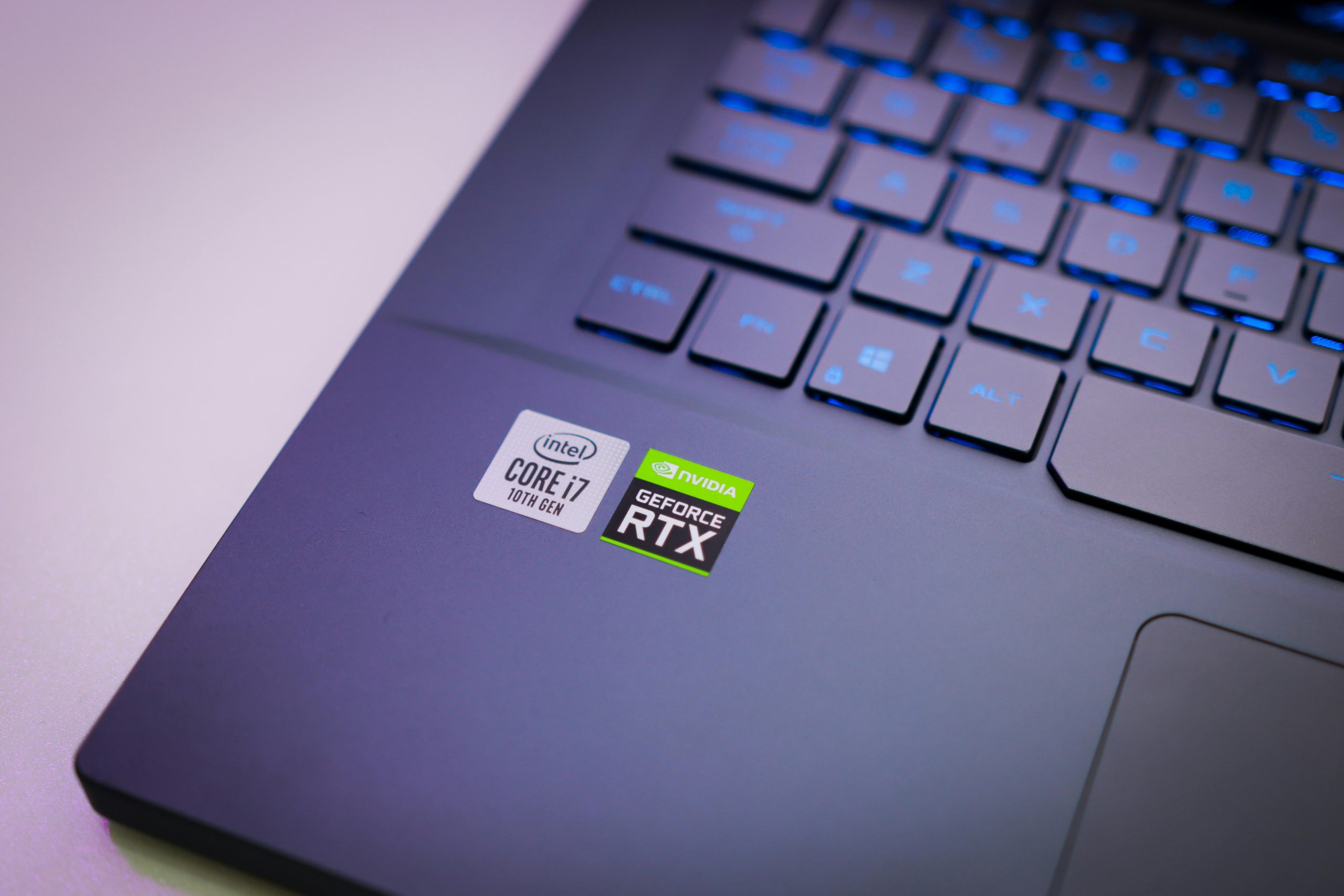Troubleshooting GPU Issues After Thermal Paste Replacement: A Guide
Recently, I embarked on a project to replace the thermal paste in my G712L laptop, a necessary maintenance task to ensure optimal performance. However, I encountered an unexpected challenge when I discovered that the GPU was coated with a liquid metal thermal compound. After completing the thermal paste replacement, my laptop suddenly ceased to display anything on the screen, even when connected to an external monitor via HDMI.
Following a careful assessment, I suspect that some of the liquid metal thermal paste may have inadvertently spread onto the GPU and its socket. Upon closer inspection, I discovered a few droplets of the compound and have since removed them. My concern is that liquid metal, known for its excellent thermal conductivity, could be causing significant disruption to the GPU’s functionality.
Given this predicament, I am contemplating whether it is feasible to unsolder the GPU, thoroughly clean it, and then properly resolder it. This process could potentially restore functionality to my laptop and resolve the issues caused by the thermal compound mishap.
Has anyone else faced a similar situation? Any advice on the unsoldering and cleaning process would be greatly appreciated.
Thank you for your insights!

Share this content:




Understanding Liquid Metal Thermal Compounds and GPU Removal
Dealing with liquid metal thermal paste can be challenging due to its excellent thermal conductivity and tendency to spread to unintended areas. If you suspect liquid metal has contaminated your GPU or its socket, proceeding with caution is essential.
Risks of Unsoldering and Resoldering the GPU
In most laptops, the GPU is integrated or soldered onto the motherboard, making unsoldering a complex and delicate process that typically requires professional rework stations equipped with hot air rework stations and skilled technicians. Attempting to unsolder a GPU without proper tools can risk damaging the motherboard or other components.
Recommended Steps for Cleaning and Repair